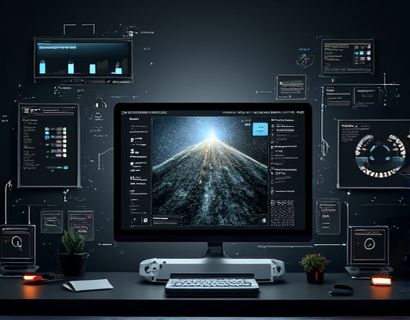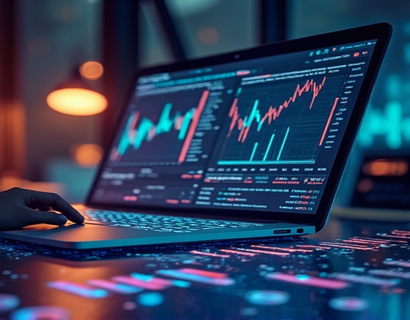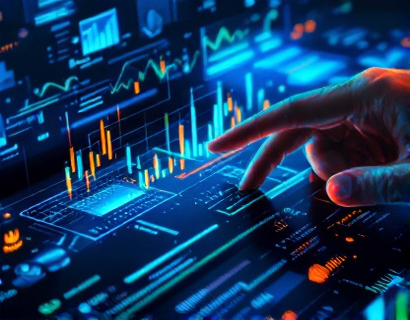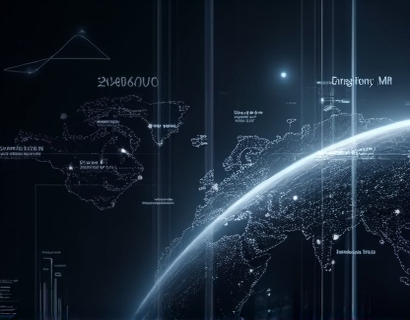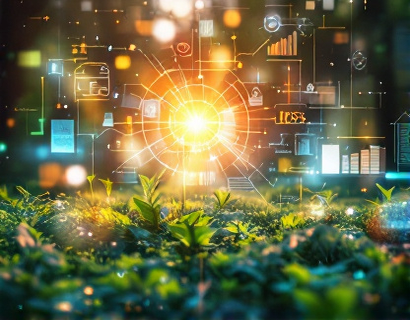Maximizing Aquaponics Business Success with Advanced Management Software
In the rapidly evolving world of sustainable agriculture, aquaponics stands out as a promising method that combines fish farming and hydroponic plant cultivation in a symbiotic environment. For aquaponics businesses, achieving success involves not only understanding the intricate balance between aquatic and terrestrial components but also implementing efficient management practices. Advanced management software plays a crucial role in streamlining operations, boosting productivity, and enhancing sustainability. This article delves into how cutting-edge management tools can transform aquaponics farming, ensuring optimal conditions for both fish and plants while minimizing environmental impact.
Understanding the Importance of Management Software in Aquaponics
Aquaponics systems are complex ecosystems that require precise monitoring and control to thrive. Traditional methods of managing these systems can be time-consuming and prone to human error, leading to suboptimal growth conditions and potential losses. Advanced management software addresses these challenges by providing a comprehensive platform for real-time monitoring, data analysis, and automated control. These tools empower aquaponics farmers to make informed decisions, optimize resource use, and maintain the delicate balance necessary for a healthy and productive system.
Key Features of Advanced Management Software
Modern management software for aquaponics comes equipped with a suite of features designed to enhance various aspects of the farming process. Some of the key features include:
- Real-time monitoring of water parameters such as pH, temperature, dissolved oxygen, and ammonia levels
- Automated control of pumps, filters, and other equipment to maintain optimal conditions
- Data logging and historical analysis to track system performance and identify trends
- Alerts and notifications for abnormal conditions or maintenance needs
- Integration with weather forecasts to adjust system settings proactively
- Growth stage tracking for both fish and plants, providing tailored feeding and lighting schedules
These features collectively contribute to a more efficient and reliable aquaponics operation, reducing the need for constant manual oversight and allowing farmers to focus on other critical aspects of their business.
Enhancing Productivity Through Precision Management
One of the primary benefits of using advanced management software in aquaponics is the significant boost in productivity. By maintaining precise control over environmental conditions, farmers can create an ideal habitat for both fish and plants, leading to faster growth rates and higher yields. For instance, maintaining optimal water temperature and pH levels ensures that fish remain healthy and active, while plants receive the necessary nutrients and light for robust growth.
Moreover, the software's ability to automate routine tasks such as feeding and water circulation reduces the likelihood of human error and ensures consistent care. This level of precision not only improves the quality and quantity of produce but also reduces the time and labor required to manage the system. As a result, aquaponics businesses can increase their output and profitability, making the venture more sustainable and viable in the long term.
Promoting Sustainability with Smart Technology
Sustainability is a cornerstone of modern aquaponics, and advanced management software plays a vital role in achieving this goal. By optimizing resource use and minimizing waste, these tools help reduce the environmental footprint of aquaponics operations. For example, precise monitoring of water parameters ensures that only the necessary amount of water and nutrients are used, preventing overuse and contamination. Automated systems can also detect and correct issues before they escalate, reducing the need for chemical treatments and other interventions.
Additionally, the data collected by the software can be used to conduct thorough analyses of the system's performance, identifying areas for improvement and opportunities for further optimization. This data-driven approach enables farmers to make informed decisions that align with sustainable practices, such as recycling water and reducing energy consumption. By embracing these technologies, aquaponics businesses can contribute to a more sustainable future while maintaining high levels of productivity and profitability.
Case Studies and Real-World Applications
Several aquaponics farms have successfully implemented advanced management software to enhance their operations. One notable example is a medium-sized farm in the Midwest that integrated a comprehensive monitoring and control system. Prior to the implementation, the farm faced challenges with inconsistent water quality and manual feeding schedules, leading to variable crop yields. After installing the software, the farm achieved a 30% increase in fish growth rates and a 25% increase in plant yields. The automated systems also reduced the farm's water usage by 20%, significantly lowering operational costs and environmental impact.
Another case study involves a small-scale urban aquaponics operation in a densely populated city. The farm used a cloud-based management platform to monitor and control their system remotely. This allowed the owners to manage their business efficiently from home or on-the-go, ensuring the system remained optimal even when they were not physically present. The software's alerts and notifications helped them quickly address any issues, maintaining a stable environment for their fish and plants. As a result, the farm saw a 40% increase in customer satisfaction and a steady growth in sales.
Choosing the Right Software for Your Aquaponics Business
With the numerous benefits of advanced management software, it is essential for aquaponics businesses to select a platform that aligns with their specific needs and scale of operation. When evaluating different software options, consider the following factors:
- Scalability: Ensure the software can grow with your business, handling increased data and complexity as your operation expands.
- User-Friendliness: Opt for a platform with an intuitive interface that requires minimal training and is easy to navigate.
- Integration Capabilities: Choose software that can integrate with existing equipment and third-party services to create a seamless system.
- Customer Support: Look for providers that offer robust support, including tutorials, documentation, and responsive technical assistance.
- Cost-Effectiveness: Evaluate the total cost of ownership, considering both initial investment and ongoing expenses, to ensure the software provides a good return on investment.
By carefully selecting a management software that meets these criteria, aquaponics businesses can unlock the full potential of their operations, leading to greater success and sustainability.
The Future of Aquaponics Management
As technology continues to advance, the role of management software in aquaponics will become even more critical. Emerging trends such as artificial intelligence and machine learning are poised to further enhance the capabilities of these tools. AI can analyze vast amounts of data to predict system behavior and optimize settings in real-time, while machine learning algorithms can adapt to changing conditions and improve over time. These advancements will not only make management more efficient but also open up new possibilities for innovation in aquaponics farming.
Moreover, the increasing focus on sustainability and environmental stewardship means that management software will play a key role in helping aquaponics businesses meet regulatory requirements and consumer expectations. By providing transparent and accurate data, these tools can help farms demonstrate their commitment to sustainable practices, enhancing their reputation and market position.
Conclusion
In conclusion, advanced management software is an indispensable tool for modern aquaponics businesses looking to maximize success and sustainability. By leveraging these technologies, farmers can achieve optimal conditions for fish and plants, reduce operational costs, and minimize environmental impact. As the industry continues to evolve, embracing cutting-edge management solutions will be essential for staying competitive and contributing to a more sustainable future. Whether you are a small-scale urban farmer or a large commercial operation, investing in the right software can transform your aquaponics business and pave the way for long-term success.



